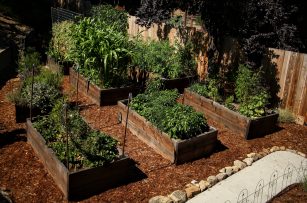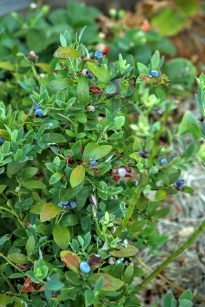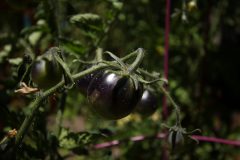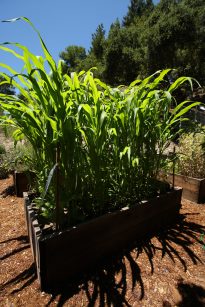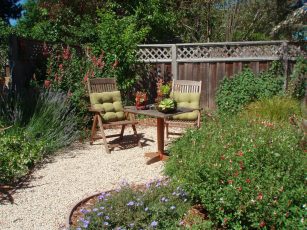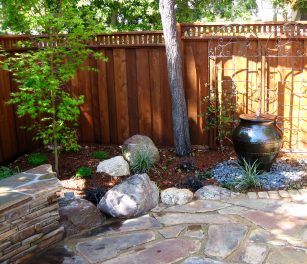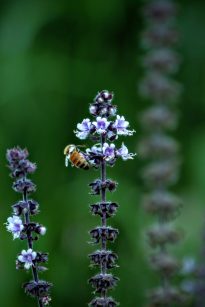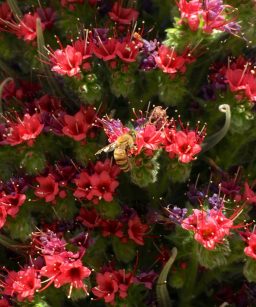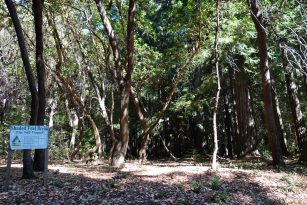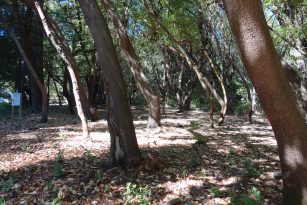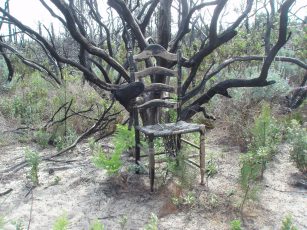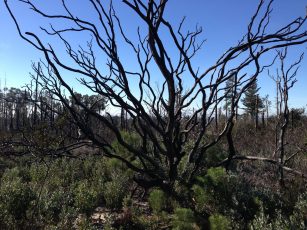With the first day of school fast approaching parents are busy getting colored pencils, highlighters and markers for the new school year. Students need backpacks, clothes and other supplies too. Teachers are hard at work also getting their classrooms ready in addition to lesson plans. If you are thinking of getting your teacher and classroom a little back-to-school gift here are some suggestions that will do double duty as teaching moments and a thank you.
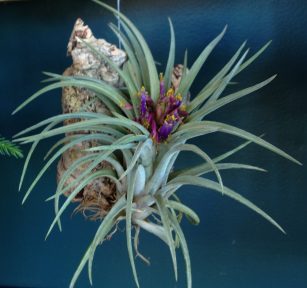
Plants are the perfect choice for a small gift. One easy-to-care plant is the tillandsia or ?air plant?. A small one can be placed in a small shell or attached to a piece of driftwood and if given some light near a window and sprayed or dunked in water each week they will flower and reproduce by growing offshoots or ?pups?. Turn this gift into a teaching moment to share with the rest of the class by writing out an explanation of their interesting ways.
Tillandsia like their relatives, Spanish moss and pineapple, have tiny scales on their leaves called trichomes which serve as very efficient absorption systems to gather water. They are very tolerant of drought conditions and will grow with just a spritzing of water although I like to run mine under lukewarm water to mimic the showers they might get where they normally grow on tropical tree limbs. They prefer the light from a bright window but not direct sunlight and are among the easiest of indoor plants to grow and maintain.

Another plant that would make a nice addition to the classroom is the succulent.? Succulents are easy to grow. They are very forgiving plants given different watering and light conditions. I?ve seen small ones planted in recycled boxes, old tins and hand decorated or painted clay pots. Succulents have an interesting life history that can be shared with the class, too.
A quick check of Wikipedia, the free encyclopedia, provides this information. In botany, succulent plants are plants that have some parts that are more thickened and fleshy in order to retain water in arid climates or soil conditions. The word ?succulent? comes from the Latin word sucus, meaning juice or sap. Succulent plants may store water in leaves, stems or roots and have the ability to thrive on limited water sources, such as mist and dew, which makes them equipped to survive in an ecosystem which contains scarce water sources. They can survive on sea coasts and dry lakes, which are exposed to high levels of dissolved salts that are deadly to many other plant species. If they can survive there they will flourish in the classroom.
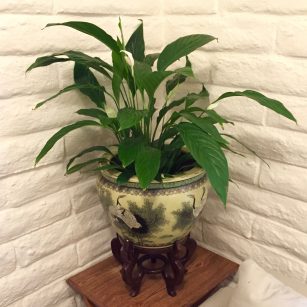
Another gift idea for the classroom is a small houseplant that can clean the air. The first list of air-filtering plants was compiled by NASA as part of a clean air study published in 1989 which researched ways to clean the air in space stations. As well as absorbing carbon dioxide and releasing oxygen, as all plants do, these plants also eliminated significant amounts of benzene, formaldehyde and trichloroethylene. Other studies added to the list of chemical pollutants and the best plants to remove them.
NASA researchers suggest that the most efficient air cleaning occurs with at least one plant per 100 square feet. Even the microorganisms in potting soil remove some toxins. Some of the easiest houseplants to grow are some of the best to have in the classroom. Just about all the potted palms are good. Also rubber plant, dracaena ?Janet Craig?, philodendron, Boston fern, ficus, peace lily, Chinese evergreen, spider plant, snake plant, pathos, English ivy and phalaenopsis orchids are high on the list.
Other gift ideas that would do double duty outside the classroom in life lab would be a packet of quick maturing seeds such as lettuce, spinach or other greens. Sow the seeds thickly into nice prepared soil on the first possible school day and begin harvesting the baby greens ?cut and come again? style about six weeks later.
The outdoor garden boxes always need new plants to attract polinizers and 4? pots are readily available. Choose from California native plants such as salvia and yarrow. Common garden plants that attract bees and other insect pollinizers are rosemary, lavender, sweet alyssum, glorious daisy and coneflower.

